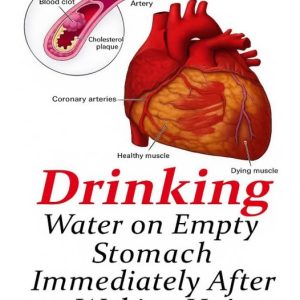Understanding Blood Pressure by Age
Blood pressure is a vital indicator of heart health. It measures the force of blood pushing against artery walls, and what’s considered “normal” changes with age.
What’s a Healthy Blood Pressure?
For most adults, around 120/80 mm Hg is ideal. Here’s a general guide:
| Blood Pressure Category | Systolic (Top) | Diastolic (Bottom) |
|---|---|---|
| Low | <90 | <60 |
| Optimal | <120 | <80 |
| Normal | 120–129 | 80–84 |
| Normal to High | 130–139 | 85–89 |
| High | >140 | >90 |
Children & Teens – Average Blood Pressure
-
Newborns: 60–90 / 20–60
-
Adolescents: 112–128 / 66–80
Adults – Average by Age and Gender
| Age | Women | Men |
|---|---|---|
| 18–39 yrs | 110/68 mm Hg | 119/70 mm Hg |
| 40–59 yrs | 122/74 mm Hg | 124/77 mm Hg |
| 60+ yrs | 139/68 mm Hg | 133/69 mm Hg |
Aging and Blood Pressure
Blood pressure tends to rise with age due to stiffening arteries, increasing the risk of heart disease and stroke.
How to Maintain Healthy Blood Pressure
-
Healthy weight – Reduces pressure on arteries
-
Balanced diet – Low in salt, saturated fats, and sugar
-
Regular activity – Walking and light exercise help
-
Quit smoking – Protects arteries
-
Limit alcohol – Heavy drinking raises blood pressure





